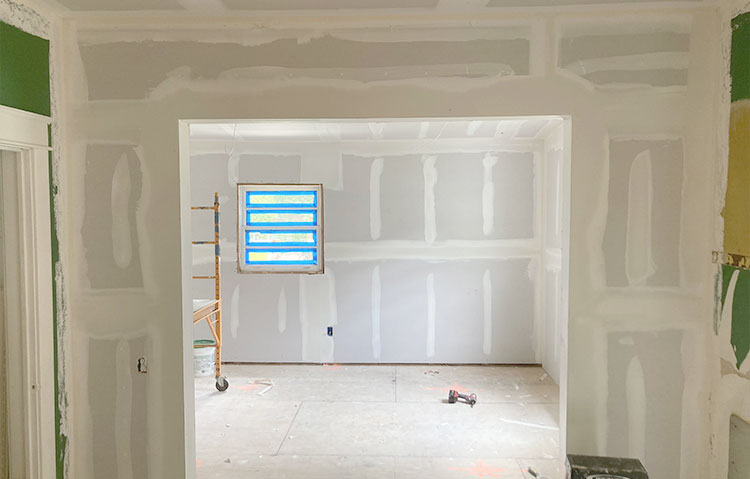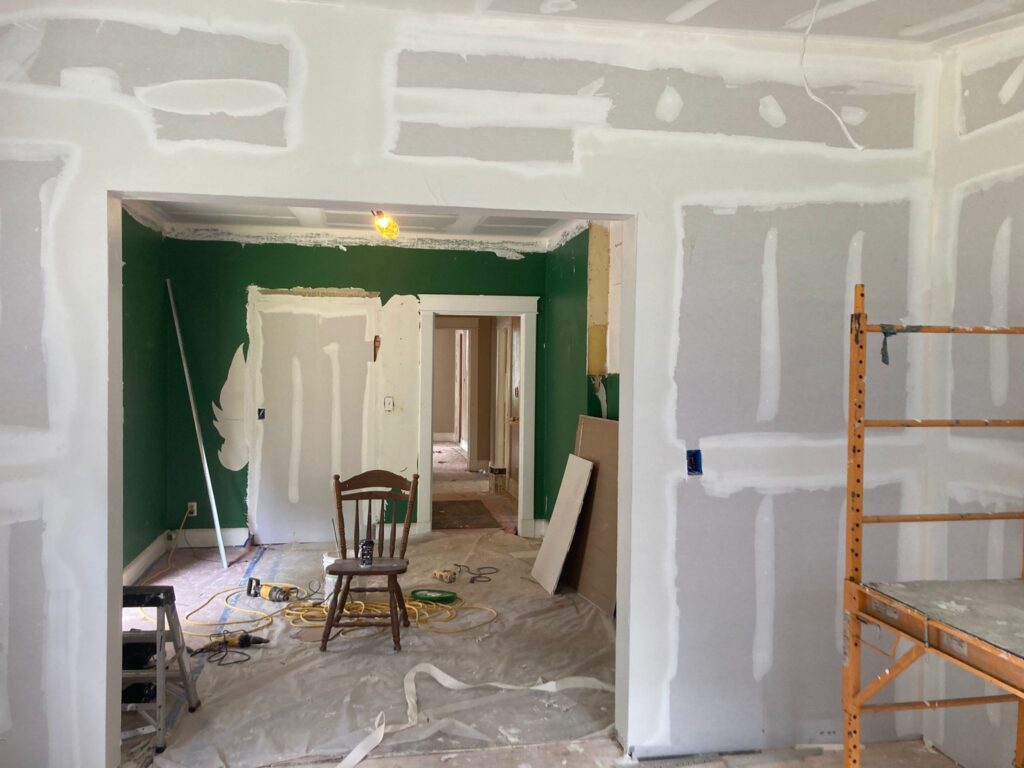Finishes in Different Styles
- Home
- Finishes in Different Styles


Drywall texturing is the term used to describe any variety of surface texture, from mattes to frosted areas, created by either painting or staining plaster, sheet metal, plaster, sheetrock, marble, and granite. There are two categories of drywall textures: hand-applied drywall textures, as the term implies, are generally applied by hand with rudimentary hand tools such as narrow trowels and brushes; Spray textures must be done by using modern spray machines and cannot be easily replicated by hand application. These two types of drywall textures are differentiated based on their method of application: wet or dry. Wet dry techniques generally refer to those that involve the application of plaster paint in addition to staining the surface, dry techniques involve only the application of plaster paint.
Textures bring the room to life
A well-known example of a drywall texture is the orange peel texture, which is created by painting a thin layer of drywall paint directly onto a perfectly flat panel. This technique is used when the panel must be prepared for paint application by first buffing it with a stiff bristle brush. The resulting orange peel texture is very bumpy, which can be further enhanced with the use of various tools. One of the most commonly used tools to create this type of texture is the roller texture tool, which comes in various shapes and sizes to suit different applications. This tool should be used on a piece of drywall that is flat and smooth.
Many homeowners prefer to add a touch of unique drywall texture to their walls for added depth and character. Some of these textures include marble dust, copper plate, natural stone, and metallic finishes. Textured drywall finishes can be obtained by spraying the finish on one piece of drywall at a time. However, it is not advisable to spray as the result can be uneven. Workpieces should be placed on drywall that has been sprayed with a finish and allowed to dry completely before moving.
Drywall Texture Methods
Another extremely popular method of drywall textures is mud and clay. Mud textures are created by mixing colored cement, sand, and water. Different colors are mixed depending on what will look best with the walls. Clay is also known as “sewer clay” as it contains clay particles that are ground to form a fine paste. These two types of drywall textures can be mixed to create any desired look.
In addition to mud and clay, another option when it comes to texturing is the orange peel finish, which is created by spraying a textured orange peel onto a wooden frame. The texture creates an antique look that’s perfect for kitchen remodels, interior decorating, and cabin-style décor. To create this finish, all of the frame pieces must be painted. This is a simple process that makes orange peel finish drywall textures a popular choice for remodeling projects.
If a homeowner wants to create a very professional look, drywall texture can be used to achieve that look. There are different types of drywall textures to choose from, stamped drywall texture, hand painted drywall texture, and spray paint drywall texture. All of these options have a smooth, textured surface and are perfect for bumpers, shelves, and other textured areas. Homeowners can choose from several textures because there is no limit to what can be textured. They can also use multiple textures at the same time or change the texture layout frequently.
Finishing Techniques
Drywall finishing techniques include painting over bumps and cracks, caulking, foam and joint compound, and wood filler. The technique homeowners use depends on the look they want to achieve, how much money they have, and what imperfections in the walls they want to disguise. Choosing a finish depends on the style you want to achieve, as well as the look you would like for your home. Finishes such as sanding, priming, and painting will make the finish look more professional and complete.
Many people are very artistic and enjoy creating their own finishes, but don’t have the money or skills to pursue this hobby. Many homeowners do not want to pay professional fees for remodeling services and want to save money by doing it themselves. It is possible to learn the basics of drywall texturing and apply the finishes yourself, using tools that are available at your local hardware store. Learning to do this home improvement job yourself gives you the ability to make small changes throughout the project and save a lot of money. Drywall finishing techniques and supplies are very inexpensive and easy to purchase online. Most companies offer free drywall advice, instructions, and sometimes special discounts for returning customers.
Contact us
Phones:
English +1 (334) 370-4849
Spanish +1 (334) 843-7391
Do you have any questions or do you want us to help you?
Send us your request today
